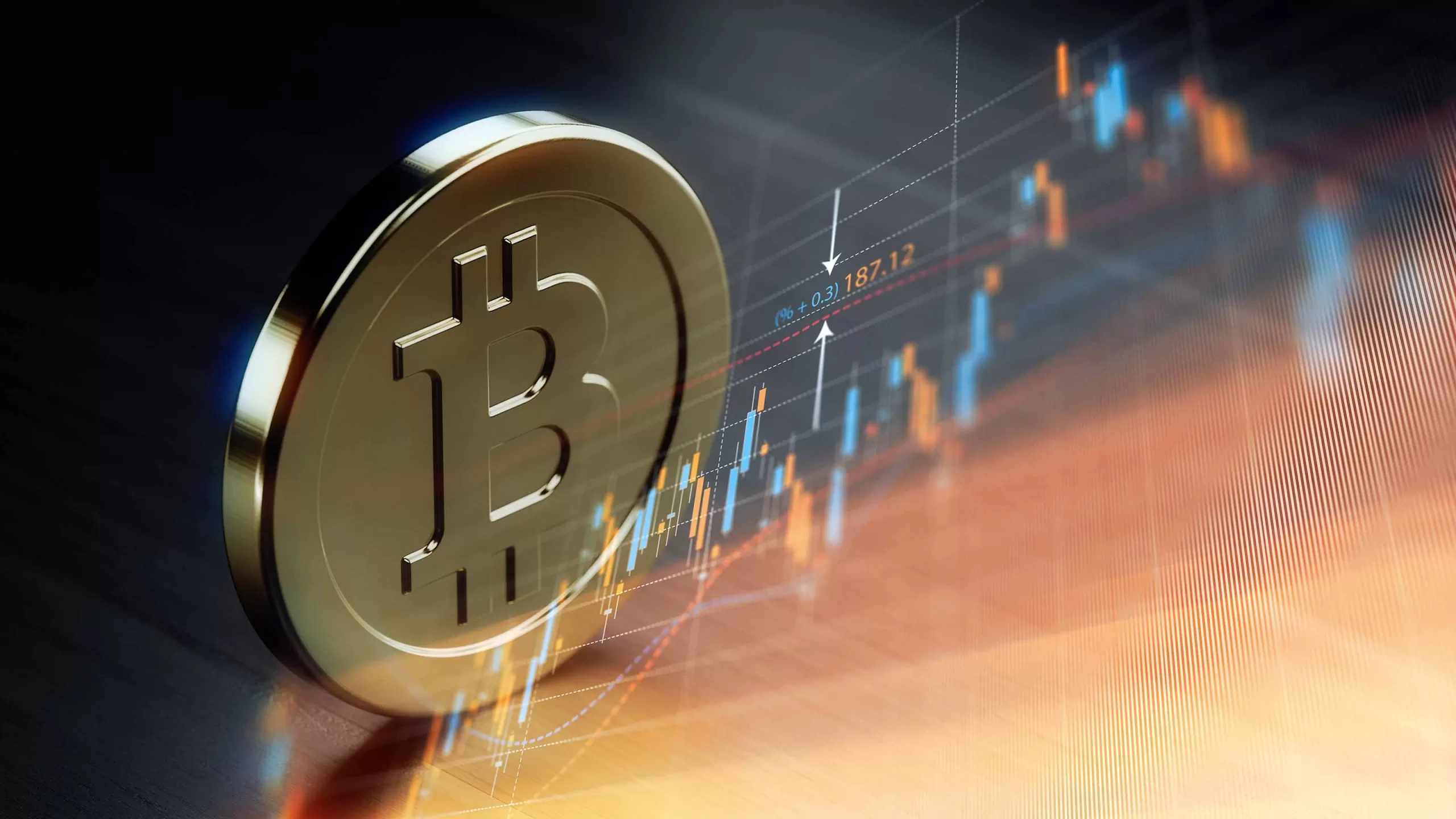The relationship between high-speed trading and volatility in crypto markets is a topic of great importance. This article explores the linkages between the two, examining how high-speed trading impacts price fluctuations and influences market behavior. High-speed volatility links in crypto markets can be navigated more efficiently with the use of https://quantumprimeprofit.org/, an advanced automated bot.

High-Speed Trading in Crypto Markets
High-speed trading plays a significant role in the volatility of crypto markets. It refers to the practice of executing a large number of trades within extremely short timeframes, often leveraging automated trading algorithms. The emergence of high-speed trading has revolutionized the way crypto assets are bought and sold.
One of the key impacts of high-speed trading is its ability to amplify volatility in crypto markets. The lightning-fast execution of trades can create rapid price fluctuations, leading to increased market volatility. As high-speed traders capitalize on even the smallest price differentials, it can trigger a domino effect where other market participants adjust their trading strategies accordingly, further intensifying the volatility.
The presence of high-speed trading in crypto markets brings both advantages and disadvantages. On the positive side, it provides liquidity to the market by enabling swift execution of trades and narrowing bid-ask spreads. This liquidity can attract more participants, fostering a more vibrant and active market environment.
However, high-speed trading also introduces certain risks. The speed and frequency of trades can make the market vulnerable to manipulation and flash crashes. High-speed traders, equipped with advanced algorithms, can exploit market inefficiencies and engage in front-running or spoofing activities, negatively impacting the integrity of the market. Moreover, the reliance on automated systems leaves the market susceptible to technical glitches and malfunctions, which can exacerbate volatility.
To navigate the high-speed volatility in crypto markets, it is crucial for investors and traders to understand the implications and develop appropriate strategies. Implementing risk management techniques becomes paramount, including diversification of crypto holdings, setting stop-loss orders, and utilizing hedging strategies. Additionally, it is important to conduct thorough research and analysis before making investment decisions, taking into account fundamental factors and long-term prospects rather than solely relying on short-term price fluctuations.
Linkages Between High-Speed Trading and Volatility
The linkages between high-speed trading and volatility in crypto markets are intricately connected. High-speed trading can have a profound impact on the price dynamics of cryptocurrencies, leading to increased volatility in the market.
One of the key aspects of high-speed trading that contributes to volatility is its ability to magnify price fluctuations. The rapid execution of trades within milliseconds can create sudden and sharp movements in prices. These fluctuations can be further intensified as high-speed traders employ sophisticated algorithms to take advantage of even the smallest price differentials. As a result, the overall volatility of the market increases, affecting the sentiments and actions of other market participants.
High-speed trading also influences the behavior of other market players, thereby amplifying volatility. When high-speed traders swiftly respond to market conditions, it can trigger a chain reaction. Other participants may adjust their trading strategies based on the actions of high-speed traders, causing a cascading effect on prices. This rapid and synchronized response to market dynamics can further escalate volatility and introduce increased uncertainty into the market.
Moreover, the prevalence of high-speed trading in crypto markets can contribute to market manipulation. The ability to execute a large number of trades within short timeframes can be exploited by unscrupulous actors. They can engage in practices like front-running, where they prioritize their own trades based on advance knowledge of other participants’ orders, or spoofing, where they create artificial market movements by placing and quickly canceling large orders. These manipulative activities can distort the true supply and demand dynamics, leading to increased volatility in the market.
It is important to recognize that the impact of high-speed trading on volatility is not solely negative. High-speed trading can provide liquidity to the market, allowing for faster and more efficient execution of trades. This liquidity can attract more participants and contribute to a vibrant and active market environment. However, it is crucial to strike a balance and address the potential risks associated with high-speed trading to ensure a fair and stable market.
To manage the linkages between high-speed trading and volatility, market participants and regulators need to adopt several measures. Implementing robust risk management strategies, such as setting appropriate stop-loss orders and employing diversification techniques, can help mitigate the impact of sudden price movements. Additionally, enhancing market surveillance and monitoring mechanisms can aid in detecting and preventing manipulative activities associated with high-speed trading.
Conclusion
Understanding the intricate connections between high-speed trading and volatility in crypto markets is crucial for investors and regulators. By implementing effective risk management strategies and promoting transparent market practices, we can strive for a more stable and resilient crypto market ecosystem.
